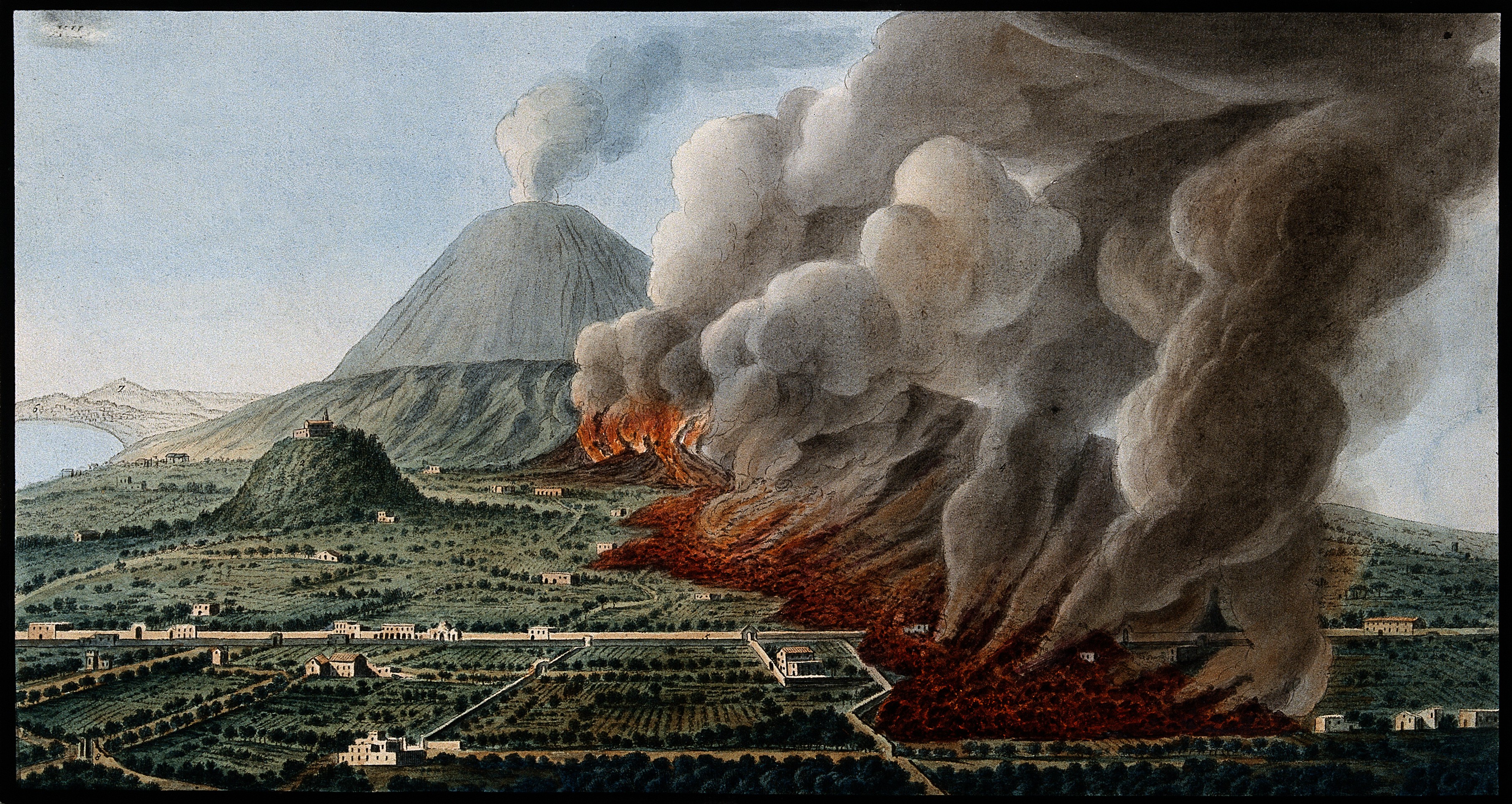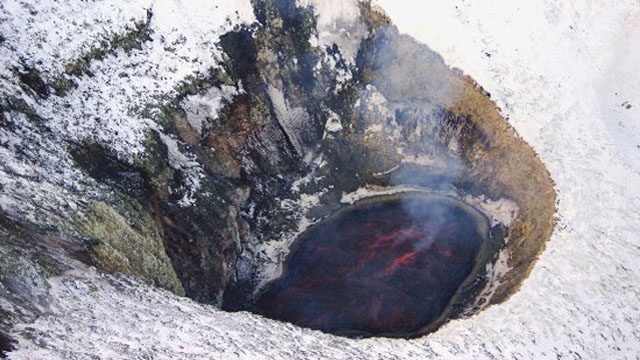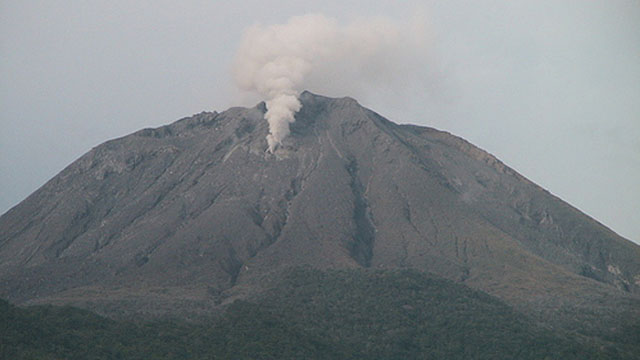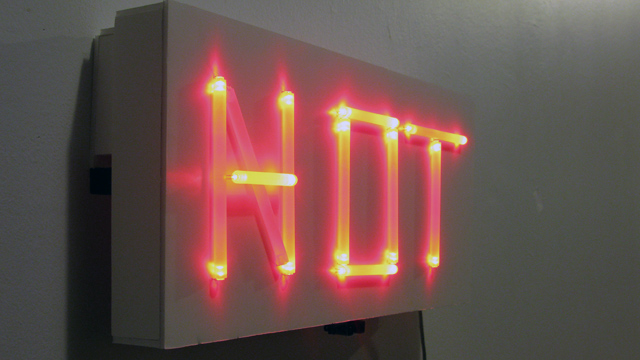Monday Musings: Merapi/Bulusan updates and finding Tarawera’s lost treasures
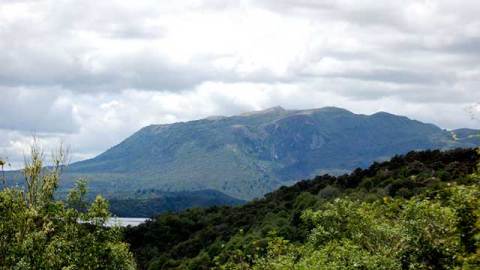
Wow, today sort of came out of the blue and walloped me with business, so I’m only now getting a chance to post a few updates. Good way to start off the week before Thanksgiving Break.
I know you’ve all been seeing news about the earthquake swarm off the coast of Djibouti and more about the supposed eruptions on the border region of Nigeria and Cameroon – I’ll have more to say about this once I’ve had a chance to digest that strange news.
Merapi, Indonesia: Activity at the volcano has quieted significantly, and the government has now reduced the “danger zone” around Merapi to 10 km (from 20 km). Sulfur dioxide emissions have also dropped over the last few days. All of this unfortunately means that many people think it is safe to return to their homes. This is definitely not the case because as we’ve seen with volcanoes like Redoubt in Alaska, the volcano can go through numerous cycles of vigorous activity and quiet over the span of weeks to months. Returning, at this point, to homes in the danger zone where pyroclastic flows, ash fall (see below) and lahars might reach is not advisable, but sometimes if the alternative is living in evacuation centers for long periods, the perception is that the risk of another eruption is less than the reward of returning home. NPR had a nice article (with a great picture gallery and audio) on how this disaster is unlike “point disasters” like an earthquake where usually a single seismic event causes most of the destruction – rather here, continued eruptions can cause problems for long periods. The deathtoll for the eruption has now reached at least 250 people.

Indonesians trying to clear ash from the 2010 eruption of Merapi.
Tarawera, New Zealand: At a place near and dear to me, research is ongoing to find the fabled pink and white terraces that once graced the landscape near Mt. Tarawera in the North Island of New Zealand. These terraces were formed from silica precipitating from mineral-rich waters fed by the hydrothermal systems of the Okataina Caldera Complex, but these terraces were destroyed during the 1886 basaltic eruption of Tarawera. A small remote-controlled submersible will be exploring Lake Rotomahana for traces of the terraces that were blasted by explosions along a chain of crater leading up to Tarawera and then buried by basaltic tephra from the eruption. These terraces were an important tourist destination near Tarawera before the 1886 eruption, but now its the remnants of that eruption in the form of the Waimangu Geothermal Valley that brings in the tourists.
Bulusan, Philippines: Finally, a quick update on Bulusan, where activity has also quieted since rumbling started a few weeks ago. PHIVOLCS officials had to remind people that activity at Bulusan is not likely to trigger more eruptions at other volcanoes as the fear-mongering was running at full steam. This, of course, doesn’t mean that Bulusan and Mayon might not erupt at the same time, but their respective activity is not linked. Explosions continue to occur on the volcano, but there are still no signs that the activity is more than phreatic (steam-driven) explosions and lahars continue to be a threat to the area near the volcano.
Top left: Mt. Tarawera in New Zealand, as seen in January 2010. Image by Erik Klemetti.
